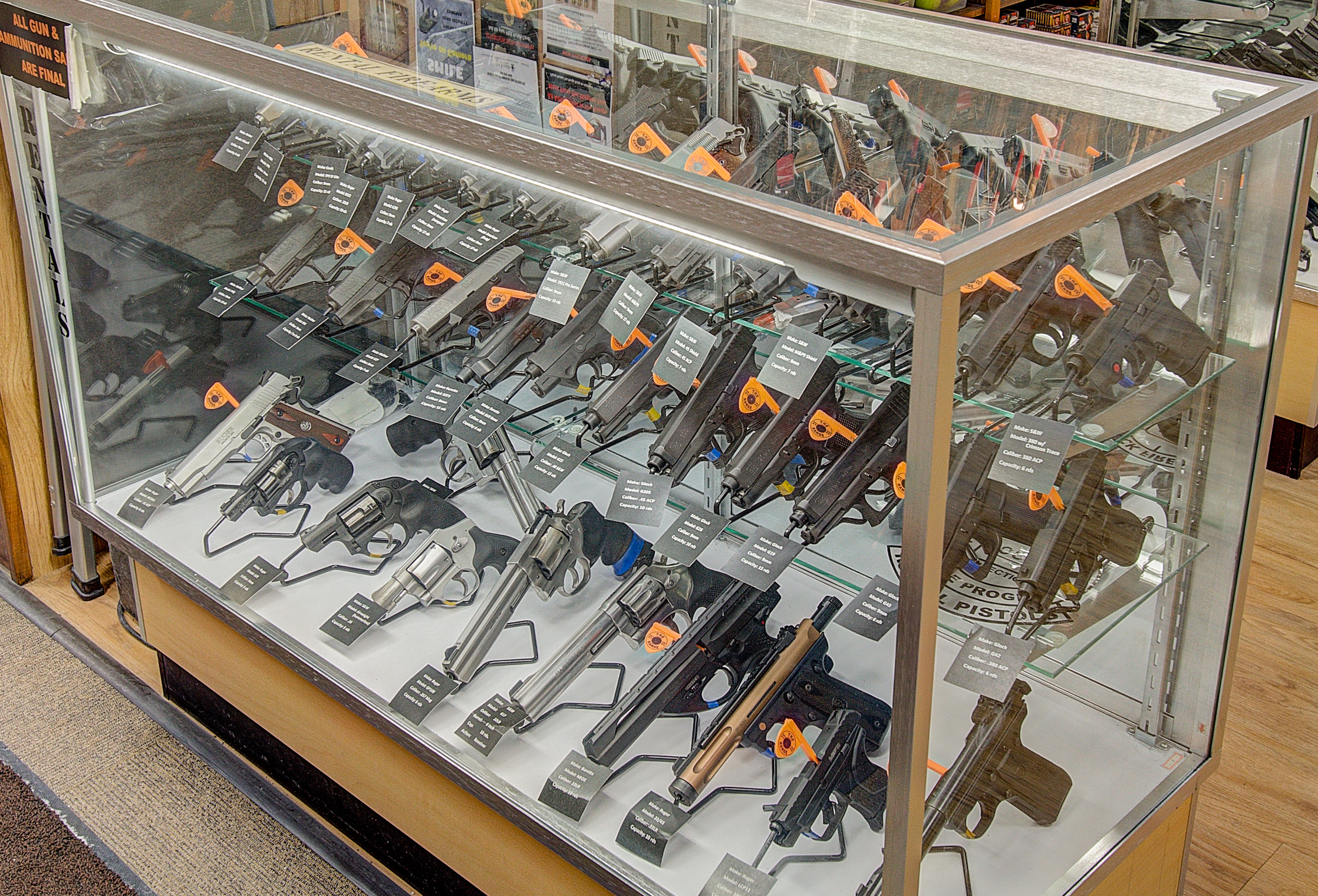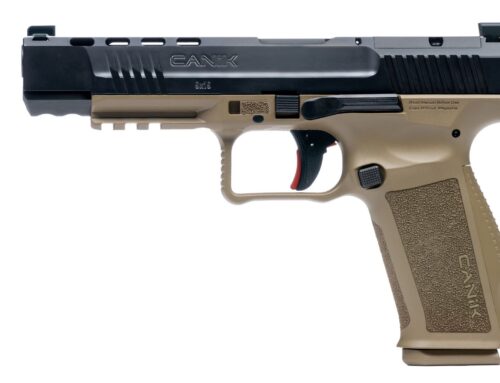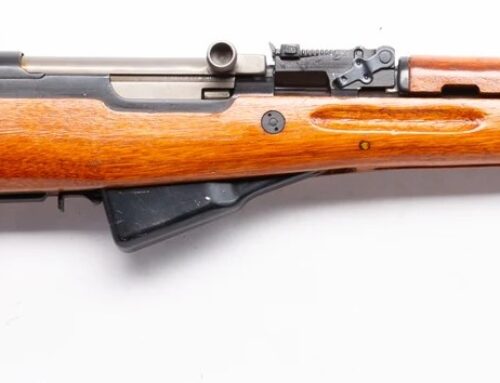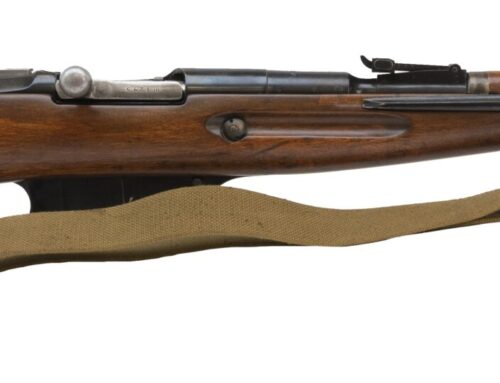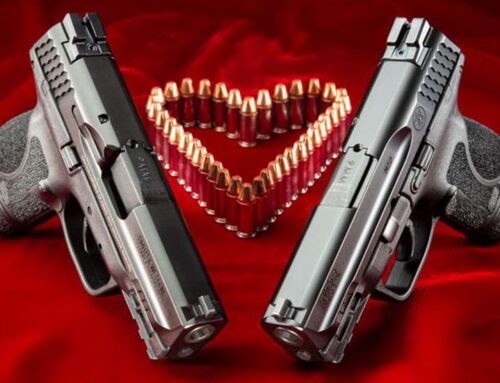With the current COVID-19 situation having spread across the globe there has been a significant increase in the sales of firearms and ammunition, many coming from first time gun owners. For those first time buyers I’d like to say welcome and thank you for supporting our Second Amendment rights! We all wish you and your families good health and safety. As such, this article is written for all of you.
Purchasing your first firearm can be quite a daunting experience. It can be a challenge for existing owners, too! Every gun handles a little differently from the next, even if mechanically they appear to be the same beast. It’s always important to learn about how your specific firearm will handle but it’s up to you to familiarize yourself with your purchase. Learn as much about it as you can. Spend time with it, learn how to field strip and assemble it, invest in Snap Caps to practice drills, and when possible get out to a range and shoot it!
Fortunately, you can get a head start here before ever going to a range. Familiarizing yourself with your purchase while at home also provides an excellent opportunity to learn and practice the four rules of gun safety.
1) Treat Every firearm as if it were loaded. (Even if someone handing you a gun checks it right in front of you, check it again for yourself. Don’t entrust your safety to someone else’s glance.)
2) Always keep your finger off of the trigger until you are ready to fire. (The single biggest cause of accidental or negligent discharges is because someone had their finger on the trigger when they weren’t meaning to fire.)
3) Always keep the muzzle pointed in a safe direction. Don’t point it at anything which you are not willing to destroy. (Accidents and malfunctions can and do happen but any gun will only fire at what it’s aimed at.)
4) Know your target and what’s behind it. (Bullets don’t automatically stop when they hit something! Some can pass through numerous barriers and retain dangerous amounts of energy.)
Also it is very important that your gun cannot be accessed by anyone other than yourself and authorized personnel, that being people whom you trust with your firearm.
Movies and tv shows makes it seem like anyone could arm themselves and immediately be a master with it but this is simply not true. It takes time and commitment, just like anything from mountain climbing to driving a car. Every time you’re hanging from a ledge or sitting behind the wheel you’re practicing and keeping your skills sharp. Marksmanship works the same way but it’s also a perishable skill, no one ever gets to a point where they feel “yep, this is good enough” and stop training.
Professional training is a very good idea, however given our current situation this is not always so feasible. Until you are able to sign up for classes or individual training at the Range, it becomes more important than ever that you do whatever you can to build these skills on your own for now. However, training does not have to be work! Some people take their training very seriously. You do not have to follow this mindset. Time spent working the trigger, even at home with snap caps, is still time spent practicing. You can absolutely have fun while you’re training!
These “Snap Cap” things are a fantastic practice aid while you’re at home. They are nothing more than inert “dummy” rounds which cannot and will never be able to fire. Typically they are made of a mix of polymer and metal to allow safe manipulation and dry firing of a firearm. All snap caps are caliber specific so make sure that you find ones which are compatible with your firearm. They aren’t expensive and can be used for many years. For building basic operation skills you can never go wrong with snap caps!
That’s all quite a lot to take in, isn’t it? Don’t worry, there won’t be a quiz! Take your time. Be safe.
While it’s impossible for me to know which firearm you came home with, I can attempt to cover the most popular options on the market. Whether a pistol, rifle, or shotgun, there are some key points to learn with them all. Just about every caliber can be found in target and defense loads, the latter being more expensive but much better suited for such a role. Whatever ammo you decide to keep in your defensive weapon you should be certain that it cycles reliably, which means shooting plenty of your ammo of choice through your firearm of choice.
For handguns the most popular caliber is the 9mm. Also known as the 9×19, 9mm Luger, 9mm Para or Parabellum, and 9mm NATO, this round has been in use across the globe since the start of the 20th century and remains the go-to handgun round for its balance of performance, cost, and low recoil. Where it might get confusing is that there are many other “9mm” calibers which are completely different and not compatible, such as the 9×18 Makarov, 9×17, 9×21, 9×23, and plenty others. The good news is that many of these are not nearly as popular and your chances of finding the wrong one on a store shelf is pretty low. Still, always check the box to make sure you’ve got the right ammo! You may also come across ammo marked +P or +P+, designating that they are loaded to higher than standard pressures. Any of the NATO marked rounds should also be considered +P. These are most commonly found with self defense ammo, however not every firearm is rated for these “hotter” loads. Always check your manual!
For rifles the most popular cartridge is the .223 or 5.56x45mm NATO and the most popular rifle is the AR-15, though there are plenty of other firearms which take these cartridges. Some will say that the .223 and 5.56 are interchangeable but this is only half true. The best place to check what your firearm is rated for is to check the barrel for a roll stamp or engraving. The receivers are sometimes marked but this can be misleading as AR-15’s can be chambered in tons of different calibers. Trust the barrel first, that’s where the bullet goes. If it’s stamped 5.56 then you’re good to go, you can safely use .223 as well. If the barrel says .223 then don’t attempt to fire 5.56 through it until you’ve verified with the manufacturer that it is safe to do so! 5.56 rounds can run at higher pressure than .223. If the firearm cannot handle this pressure then it can be dangerous to use this ammo. Also bear in mind that 5.45mm and .222 bullets are completely different, do not attempt to use either.
With shotguns there are a couple of things to keep in mind. The most popular chamber is 12 gauge, but every gauge has several different lengths of shell available. In 12 gauge the most common are 2 3/4″, 3″, and 3 1/2″. Check the barrel and make note of what your shotgun is rated for, never try to load a shell which is longer than what the chamber is specced for! Just because it might fit does not mean that it should be shipped. Doing so can cause a dangerous pressure spike in your firearm.
There are also a few brands of “mini” shells. While safe to shoot these may not properly cycle in your firearm. I wouldn’t trust these for defensive use without extensive testing with your chosen shotgun.
The ‘shot’ part of any shotgun is that they are primarily intended to fire handfuls of tiny BBs or pellets at a target. Birdshot provides the smallest pellets and as implied should only be used for hunting birds or clays. Don’t use birdshot for home defense.
Buckshot provides much larger pellets which are suitable for defensive purposes. Double-ought (00) or triple-ought (000) are your best options here as they have the largest diameter pellets. Note that most buckshot uses lead but some make use of steel pellets. Since steel doesn’t compress like lead you will need to make sure that your shotgun has a choke which is rated for steel shot.
Slugs, or Rifled Slugs, are single solid projectiles which deliver quite a punch to whatever they hit. Most shotguns have smooth bores rather than rifled so a “rifled slug” has the helical grooves already shaped into the projectile to aid in accuracy. Take note of what choke your barrel has set as some are unsafe to use with slugs.
Speaking of chokes, every shotgun has one even if it isn’t immediately obvious. Some shotguns have threaded or adjustable choke tubes. Some have the choke fixed, meaning that it’s part of how the barrel is shaped. Every choke’s job is to restrict the muzzle end of the barrel in order to better control the spread of the shot being fired. There are four types of chokes to remember.
An “open” or “cylinder bore” choke offers the least amount of restriction and thus will open the shot pattern wider than other chokes. A shotgun with an open choke can safely fire any type of shot or slug. This choke works best at close ranges.
An “improved” or “improved cylinder bore” choke is a little more restricted and is safe for use with slugs and steel shot.
A “modified” choke is tighter still. While it may be safe to fire slugs through a modified choke in an emergency it is not recommended. You will want to verify if your modified choke can safely accept steel shot.
A “full” choke offers the tightest patterns for shot but is NOT safe for slugs OR steel shot. Never run these kinds of shells through a full choke. This also applies for “extra full” and “turkey” chokes which are progressively tighter.
Take your time to learn, safety is no accident. Seek instruction at the Range, reach out online, read articles, watch videos, get engaged! It’s a great time to start learning and practicing while being stuck at home. We all wish you and your families to be safe and part of this comes from being a responsible gun owner.



